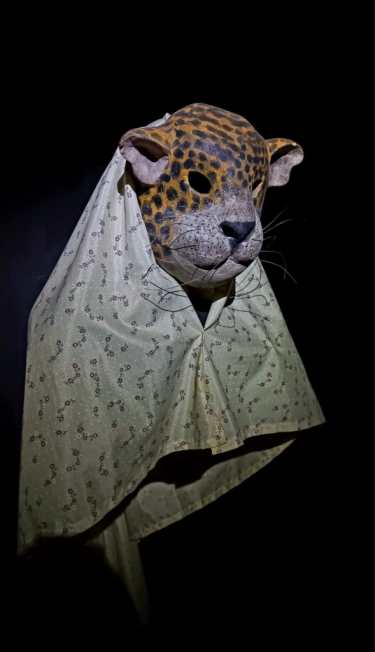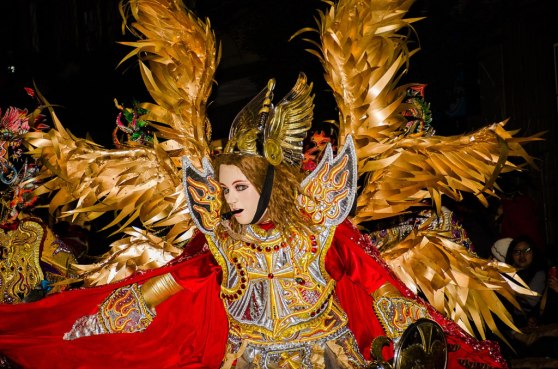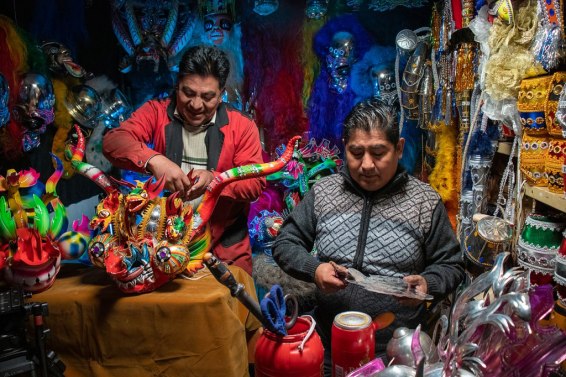From the Ichapeneke Piesta patronal feast, in the Department of Beni, which was registered as a piece of the Intangible Heritage of Humanity in 2012, to the Carnaval de Oruro, also declared as Heritage of Humanity in 2008, Bolivia is a country for all-year-round dancing festivals. Each year, thousands of festivals take place in Bolivia, the full amount underrepresented on Wikipedia and its sister projects.
Cultural and territorial influence
Despite the abundance of this kind of cultural expressions, the pictures you may find on Wikimedia Commons, as well as the articles you may find on Wikipedia about them, are scarce. The cultural impact of these practices is so expanded, that many of the images that illustrate Bolivian dances, ceremonies, and artistic interventions, belong to events that are organized by the Bolivian diaspora in countries such as Argentina, Brazil, or the United States of America, and not from Bolivia itself.
Bolivian festivals include a set of economical, social, and even political activities built around them. These feasts are very important for social cohesion and collective use of public spaces, which is why the Wikimedistas de Bolivia user group decided to organize a series of contests, aiming to enrich the content on Wikimedia Commons about Bolivian festivals, and to allow the protagonists to tell their stories, with the final intent to avoid an exoticized view upon these festivals.
This initiative has been named WikiMixtura, and it will be carried out throughout the year. In this edition of WikiMixtura, titled “The Carnaval Edition”, 318 pictures were uploaded, all during the month of March.
The contest was divided in four categories: Musicians, Artisans, Dancers, and Video clips. Most of the pictures that were uploaded belonged to the Dancers category, while the Musicians and Artisans categories saw less participation. Some pictures uploaded to these categories illustrate other aspects of Bolivian festivals. As for the video clip category, we didn’t have the response we expected, something we hope to address moving forward with workshops, trainings, and better incentives for participation.
An outlook of our own
Among some of the uploaded images, we have some of female musicians–including the first all-female Bolivian brass band–, as well as images of embroidery artisans and Diablada masks’ tinsmiths, besides some of traditional masks from all the regions of the country.
With the goal in mind of presenting an all-encompasing reflective experience through image, an alliance with the Museum of Ethnography and Folklore (Musef) was fostered as a part of the contest, which allowed for a tour of their halls–the Masks exhibitions in particular–to take place, along with a photographic rally, and a workshop led by photographer Valeria Dorado, to learn how to take pictures with an smartphone.
At Wikimedistas de Bolivia, we were very pleased because almost all the winners were participating for their first time in an activity organized by the movement. One of them had this to say:
I fully support shared and accessible knowledge for all. I had never won a contest before, let alone a photography one, and that’s why I’m so happy for this opportunity to show what I do, and make the pictures I took available to everyone.
Das Morton
We hope that future versions of WikiMixtura will keep attracting free knowledge enthusiasts to the Wikimedistas de Bolivia community. This way, the country will each time be better represented on the Internet, capturing its diversity and cultural richness.
First Places

Can you help us translate this article?
In order for this article to reach as many people as possible we would like your help. Can you translate this article to get the message out?
Start translation




